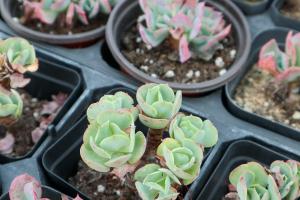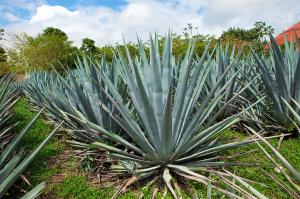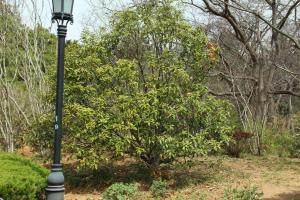Where to Plant Walnut Trees
Walnuts are one of the most nutritious nuts and are widely used for cooking, baking, and snacking. If you are interested in growing walnut trees, you need to carefully consider the location where you will plant them. Here are some factors to keep in mind:
Soil Quality
The quality of the soil is one of the most important factors to keep in mind when planting walnut trees. Walnuts prefer well-drained soils that are deep, loamy, and fertile. Walnut trees do not tolerate soils that are too wet, too dry, or too compacted, so make sure to choose a location with porous, well-aerated soil. If your soil is not ideal for growing walnuts, you can add organic materials, such as compost or manure, to improve its quality.
Climate
Walnut trees need a temperate climate with moderate temperatures and adequate rainfall. Most varieties of walnut trees grow best in regions with a long, warm growing season and winter temperatures that don't dip below -10 to -20°F. If you live in a cold climate, you may need to choose a cold-hardy variety of walnut tree or provide extra protection in the winter, such as wrapping the tree in burlap or insulating it with mulch.
Sunlight
Walnut trees thrive in full sun, which means they need at least six to eight hours of direct sunlight per day. Make sure to choose a location that is not shaded by other trees or buildings, so your walnut tree can soak up enough sunlight to grow healthy and strong.
Space
Walnut trees can grow very large, up to 60 feet tall and wide, so you need to make sure you have enough space to accommodate them. Make sure to plant your walnut tree at least 30 to 40 feet away from any buildings or other trees to avoid crowding. Also, keep in mind that walnut trees can produce a lot of litter, so you may want to avoid planting them near driveways, patios, or other areas where you don't want to deal with fallen nuts or leaves.
Pest and Disease Control
Walnut trees are susceptible to a variety of pests and diseases, such as walnut husk fly, codling moth, walnut blight, and bacterial canker. To avoid these problems, make sure to choose disease-resistant varieties of walnut trees, keep the area around the tree clean and free of debris, and apply appropriate pesticides or fungicides as needed.
Conclusion
Planting a walnut tree can be a rewarding and enjoyable experience, but it requires careful planning and consideration. Keep in mind the factors mentioned above when choosing a location for your walnut tree, and follow proper planting and care techniques to ensure your tree grows healthy and thrives for many years to come.

 how many times do yo...
how many times do yo... how many planted tre...
how many planted tre... how many pine trees ...
how many pine trees ... how many pecan trees...
how many pecan trees... how many plants comp...
how many plants comp... how many plants can ...
how many plants can ... how many plants and ...
how many plants and ... how many pepper plan...
how many pepper plan...
































